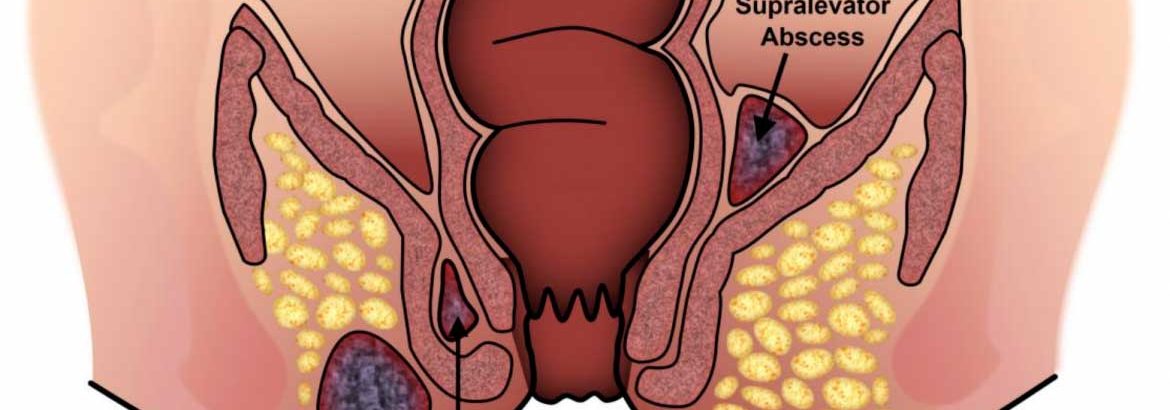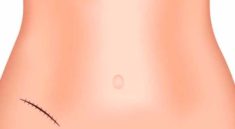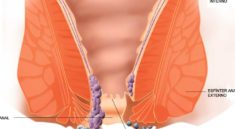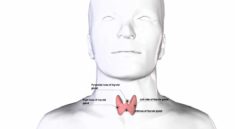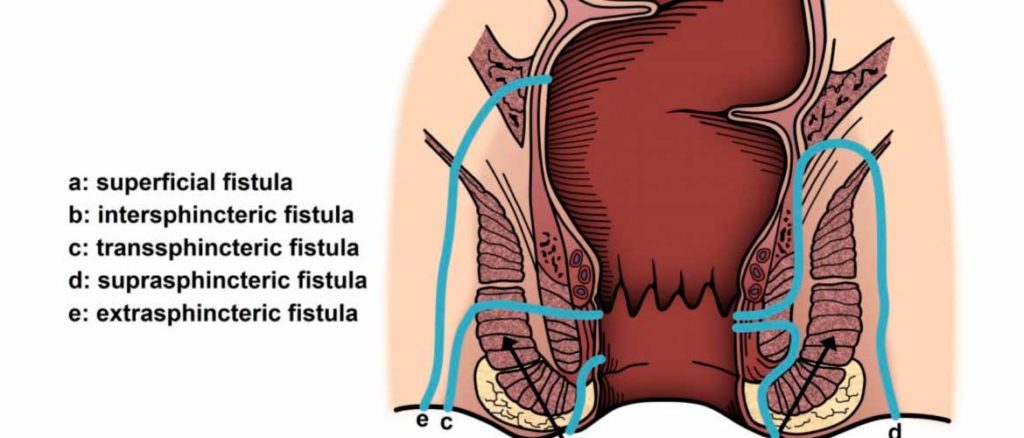
INFORMATION
Anal Fistula
Just inside the anus are a number of small glands. If one of these glands become blocked, an abscess (an infected cavity) may form. About 50% of these abscesses develop into a fistula. A fistula is a small tunnel that connects the infected gland inside the anus to an opening on the skin around the anus. Symptoms include pain and swelling around the anus, as well as pain with bowel movements. The treatment for an anal fistula is surgery.
WHAT IS AN ANAL FISTULA?
The anus is the external opening through which feces are expelled from the body. Just inside the anus are a number of small glands. If one of these glands become blocked, an abscess — an infected cavity — may form. An anal abscess is usually treated by surgical drainage, although some drain spontaneously. About 50% of these abscesses may develop into a fistula, in which a small tunnel connects the infected gland inside the anus to an opening on the skin around the anus.
WHAT CAUSES AN ANAL FISTULA?
Most fistulas result from an anal abscess. A small number of fistulas may less frequently be caused by other processes such as Crohn’s disease, sexually, transmitted diseases trauma, tuberculosis cancer, or diverticulitis.
WHAT ARE THE SYMPTOMS OF AN ANAL FISTULA?
The following may be symptoms or signs of an anal fistula:
- Recurrent anal abscesses.
- Pain and swelling around the anus.
- Pain with bowel movements.
- Bleeding
- Bloody or foul-smelling drainage (pus) from an opening around the anus. The pain may decrease after the fistula drains.
- Irritation of the skin around the anus due to persistent drainage.
- Feber, chills, and a general feeling of fatigue. (However, these may be symptoms of many conditions.)
You should see your physician if you notice any of these symptoms.
TREATMENT
Treatment is delicately performed to reduce the risk of affecting bowel emptying, due to the anal fistulas’ proximity to the anal sphincter muscles. The best approach requires that each patient is assessed individually.
Treatment of an anal fistula is attempted with as little impact as possible on the sphincter muscles. It will often depend on the fistula’s location and complexity, and the strength of the patient’s sphincter muscles.
SURGERY (Fistulotomy)
In a fistulotomy the surgeon first probes to find the fistula’s internal opening. Then the tract is cut open and is scraped and its contents are flushed out, then its sides are stitch to the sides of the incision in order to lay open the fistula.
A more complicated fistula, such as a horseshoe fistula (where the tract extends around both sides of the body and has external openings on both sides of the anus), is treated by usually laying open just the segment where the tracts join and the remainder of the tracts are removed.
The surgery may be performed in more than one stage if a large amount of muscle must be cut. The surgery may need to be repeated if the entire tract can’t be found.
Seton Placement
A seton (silk string or rubber band) is used to either:
- Create scar tissue around part of the sphincter muscle before cutting it with a knife
- Allow the seton to slowly cut all the way through the muscle over the course of several weeks
The seton may also aid in the drainage of the fistula.
Fibrin Glue or Collagen plug
In some cases, fibrin glue, made from plasma protein, may be used to seal up and heal a fistula as opposed to cutting it open. The glue is injected through the external opening after clearing the tract and stitching the internal opening closed. A plug of collagen protein may also be used to seal and close the fistula tract.
Advancement Rectal Flap
A surgeon may core out the tract and then cut a flap into the rectal wall to access and remove the fistula’s internal opening then stitches the flap back down. This is often done to reduce the amount of sphincter muscle to be cut.
Your Recovery
You may be worried about having a bowel movement after your surgery. You will likely have some pain and bleeding with bowel movements for the first 1 to 2 weeks. You can make your bowel movements less painful by getting enough fibre and fluids, and using stool softeners or laxatives. Sitting in warm water (sitz bath) after bowel movements will also help.
You may notice a small amount of pus or blood draining from the opening of your fistula. This is normal in the days after your surgery. You can put a gauze pad over the opening of the fistula to absorb the drainage, if needed.
Most people can go back to work and their normal routine 1 to 2 weeks after surgery. It will probably take several weeks to several months for your fistula to completely heal. This depends on the size of your fistula and how much surgery you had.
How can you care for yourself at home?
ACTIVITY
- Rest when you feel tired. Getting enough sleep will help you recover.
- Try to walk each day. Start by walking a little more than you did the day before. Bit by bit, increase the amount you walk. Walking boosts blood flow and helps prevent pneumonia and constipation.
- You may drive when you are no longer taking pain medicine and can quickly move your foot from the gas pedal to the brake. You must also be able to sit comfortably for a long period of time, even if you do not plan to go far. You might get caught in traffic.
- Most people are able to return to work within 1 to 2 weeks after surgery.
- Shower or take baths as usual. Pat your anal area dry with a towel when you are done.
DIET
- You can eat your normal diet. If your stomach is upset, try bland, low-fat foods like plain rice, broiled chicken, toast, and yogurt.
- Drink plenty of fluids (unless your doctor tells you not to).
- Include high-fibre foods, such as fruits, vegetables, beans, and whole grains, in your diet each day.
- You may notice that your bowel movements are not regular right after your surgery. This is common. Try to avoid constipation and straining with bowel movements. You may want to take a fibre supplement every day. If you have not had a bowel movement after a couple of days, ask your doctor about taking a mild laxative.
INCISION CARE
- You may have gauze and bandages over the opening of your fistula, and you may have a string coming from the fistula. Your doctor will tell you how to take care of these.
- After a bowel movement, use a baby wipe or take a shower or sitz bath to gently clean the anal area.
OTHER INSTRUCTIONS
- Place a maxi pad or gauze in your underwear to absorb drainage from your fistula while it heals.
- Sit in 8 to 10 centimetres of warm water (sitz bath) for 15 to 20 minutes. Then pat the area dry. Do this as long as you have pain in your anal area.
- Apply ice several times a day for 10 to 20 minutes at a time. Put a thin cloth between your skin and the ice.
- Support your feet with a small step stool when you sit on the toilet. This helps flex your hips and places your pelvis in a squatting position. This can make bowel movements easier after surgery.
- Try lying on your stomach with a pillow under your hips to decrease swelling.
Follow-up care is a key part of your treatment and safety.Be sure to make and go to all appointments, and call your doctor or nurse call line if you are having problems. It’s also a good idea to know your test results and keep a list of the medicines you take.
Call your doctor if:
- You are sick to your stomach or cannot drink fluids.
- You have signs of a blood clot in your leg (called a deep vein thrombosis), such as:
- Pain in your calf, back of the knee, thigh, or groin.
- Redness and swelling in your leg or groin.
- You have signs of infection, such as:
- Increased pain, swelling, warmth, or redness.
- Red streaks leading from the incision.
- Pus draining from the incision.
- A fever.
- You cannot pass stools or gas.
- Bright red blood has soaked through the bandage over your incision.
- You have pain that does not get better after you take pain medicine.
Watch closely for any changes in your health, and be sure to contact your doctor or nurse call line if you have any problems.


